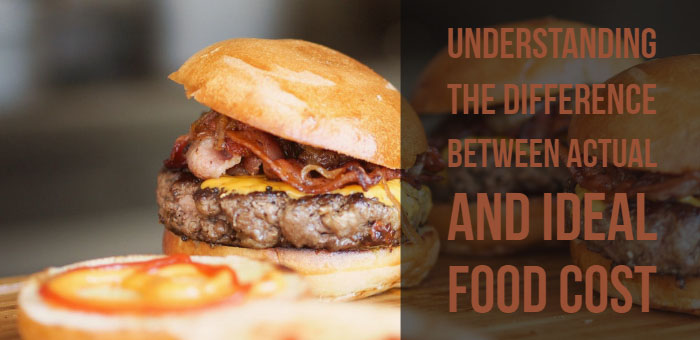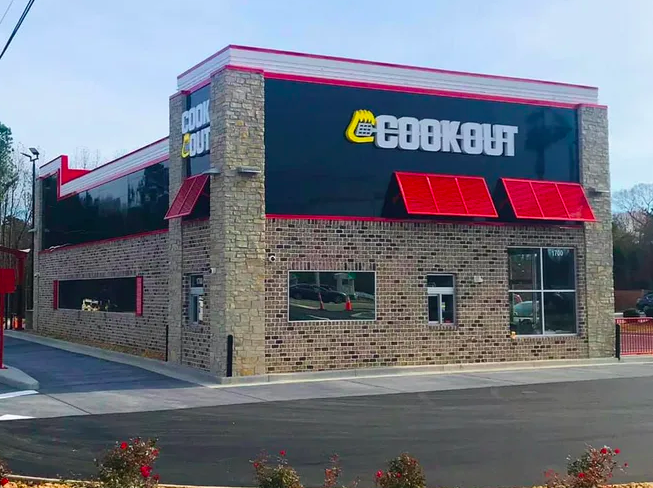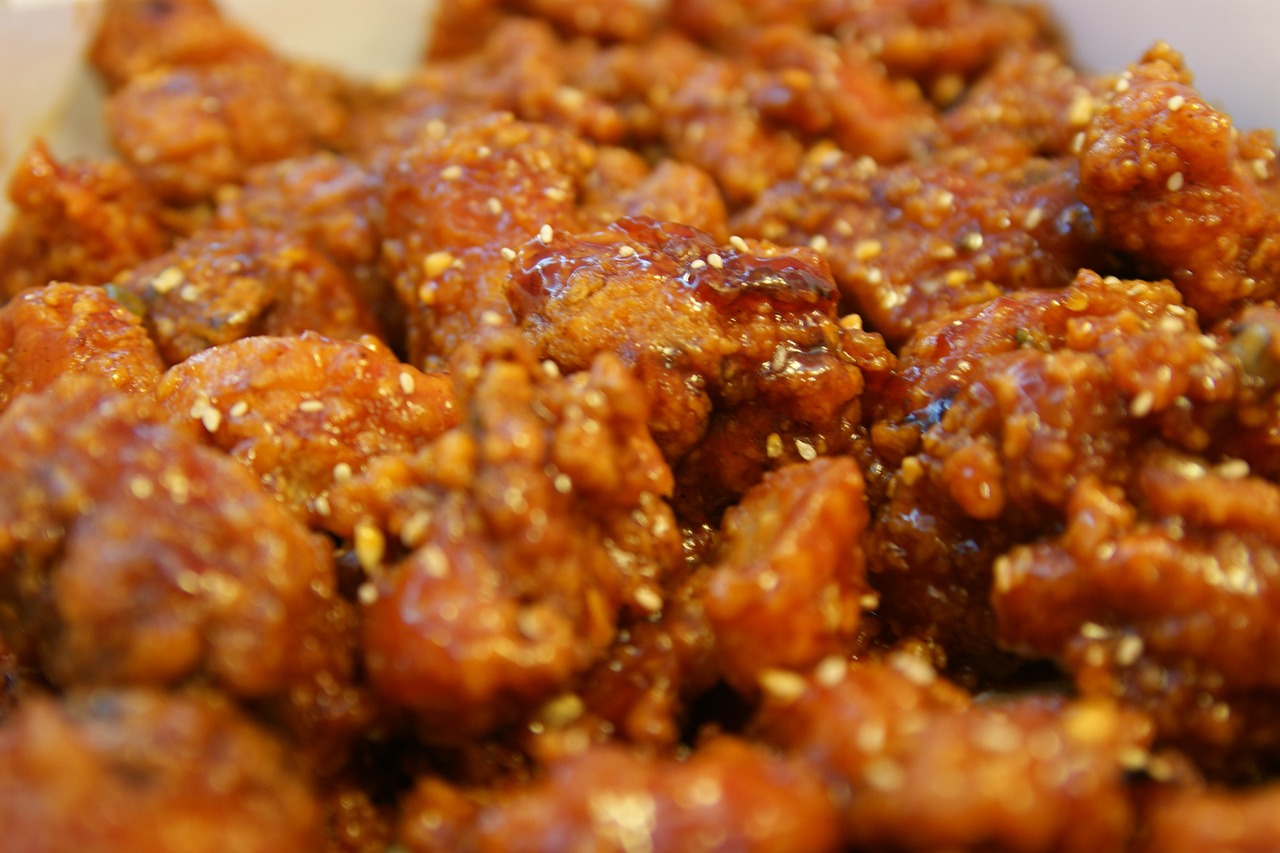Nearly every single food truck owner I’ve met, stresses over food costs. They are never low enough. This leads to the challenge of balancing their listed menu price and the daily variations of the cost for its ingredients. Today we’ll explain the difference between actual and ideal food cost and how to use these calculations to better determine where you food cost issues are.
How to Calculate Actual And Ideal Food Cost
Calculating Your Food Truck’s Actual Food Cost
When you are asked what your food costs are, Actual Food Cost is probably what is being referred to. Actual Food Cost is a straightforward calculation, but it relies on taking careful and regular inventory counts. The formula for actual food cost is:
Actual Cost of Goods Sold = (Beginning Inventory + New Inventory Purchased) – Ending Inventory
Actual Food Cost (as a percentage) = (Actual Cost of Goods Sold / Food Sales) x 100
RELATED: Controlling Your Food Truck Food Cost
Make sure that while you are taking inventory, you need to do this at either the beginning or th end of the day. Accurate inventory counts cannot be made while your truck is open. If the cost of something has changed, use the most recent unit cost.
Calculating Your Food Truck’s Ideal Food Cost
Ideal Food Cost is theoretically what your food cost should be. To calculate Ideal Food Cost, you need a very accurate record of what and how much of each ingredient goes into a menu item. For our example we’ll look at a bacon cheeseburger. Your idea food costs include the four ounces of ground beef, one bun, three strips of bacon, two slices of cheese, one ounce each of ketchup, relish, mustard, the portion of fries and so on. You would also include all of your paper costs such as the boat or container, one wrapper and one napkin. Additionally, you need to how many of each item you have sold for the period and total dollars in sales made.
Ideal Cost of Goods Sold = (Item A Food Cost x Units of A sold) + (Item B Food Cost x Units of B sold) + (and so on)
Ideal Food Cost (as a percentage) = Ideal Cost of Goods Sold / Food Sales
Because every food truck has many items on their menu and more than a few ingredients for each item, it can be difficult to do this calculation manually every week. Consider a point of sales system that ties your sales to your inventory system. This will allow you to generate a report much faster than doing it manually. Ideally it is run every time you calculate your actual food cost, so you can compare them and investigate any major discrepancies. Ideal and actual food costs will never match, what you are looking for are trends.
So Why Are Your Food Costs So High?
There are many reasons for high food costs. The most common is that inventory (starting, ending or both) was taken inaccurately. Make sure you use inventory count sheets to reduce errors. If you are weighing items for inventory and portioning, your scales may be inaccurate. Another possibility is that you are wasting a lot of food. This may be due to inefficient portioning, spoilage, employee theft or errors.
RELATED: Tracking Food Waste From Your Food Truck
The other, much more concerning, possibility is that the cost of what you are selling is out of line with what you are charging. Most often, this is because prices on the menu have not been updated to reflect increasing food costs.
The Bottom Line
One of the primary factors that play a substantial role in the success of a food truck operation is food costs. Understand the difference between actual and ideal food costs. Use these two calculation to keep an eye out for trends that could lead to a loss in profits.
How are you combatting food costs for your food truck? Let us know in the comments section or on social media. Facebook | Twitter




